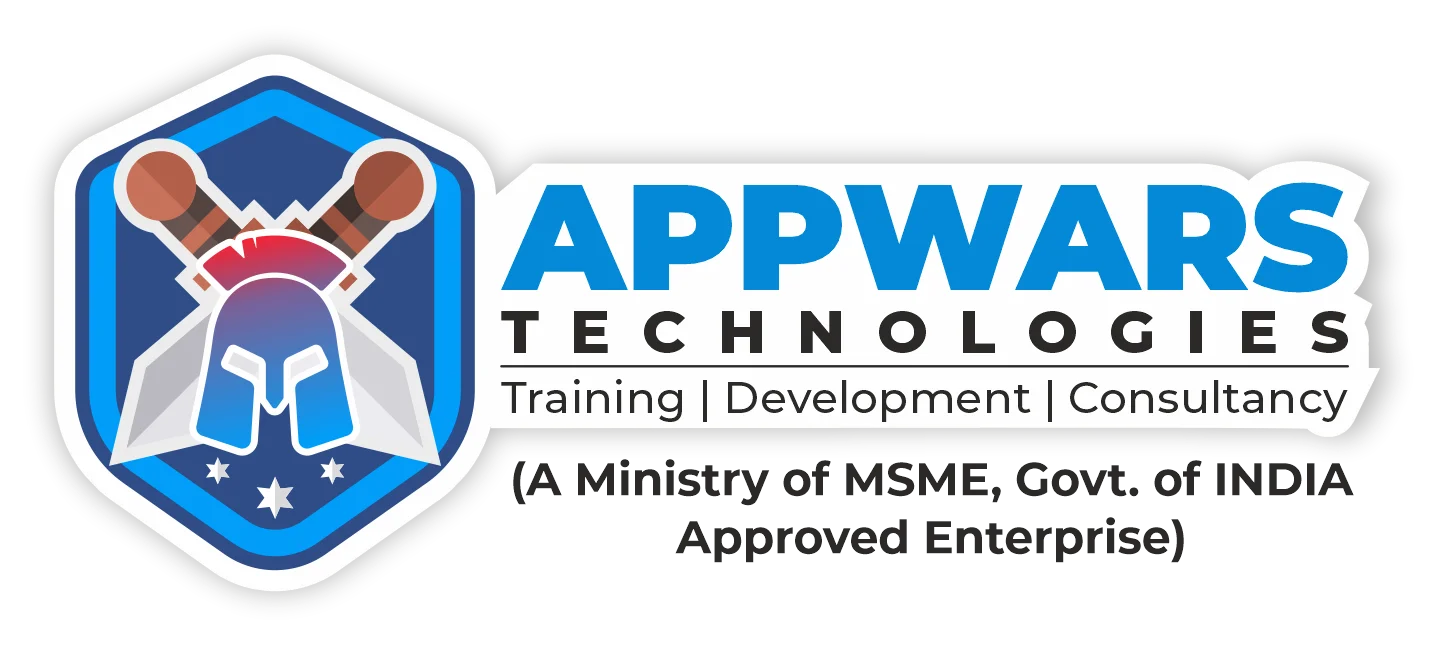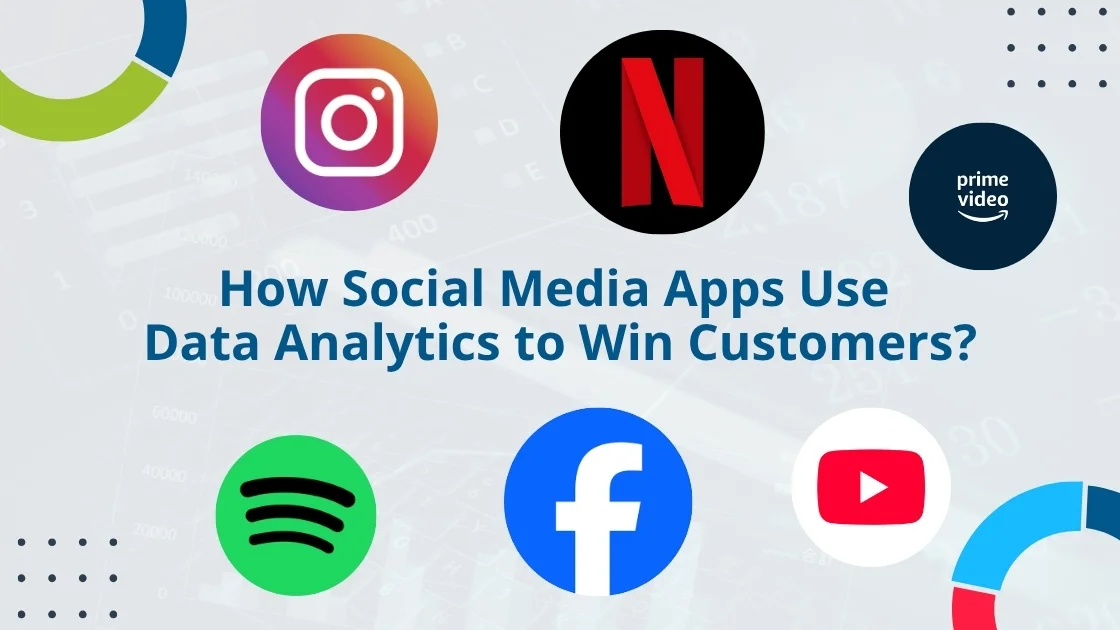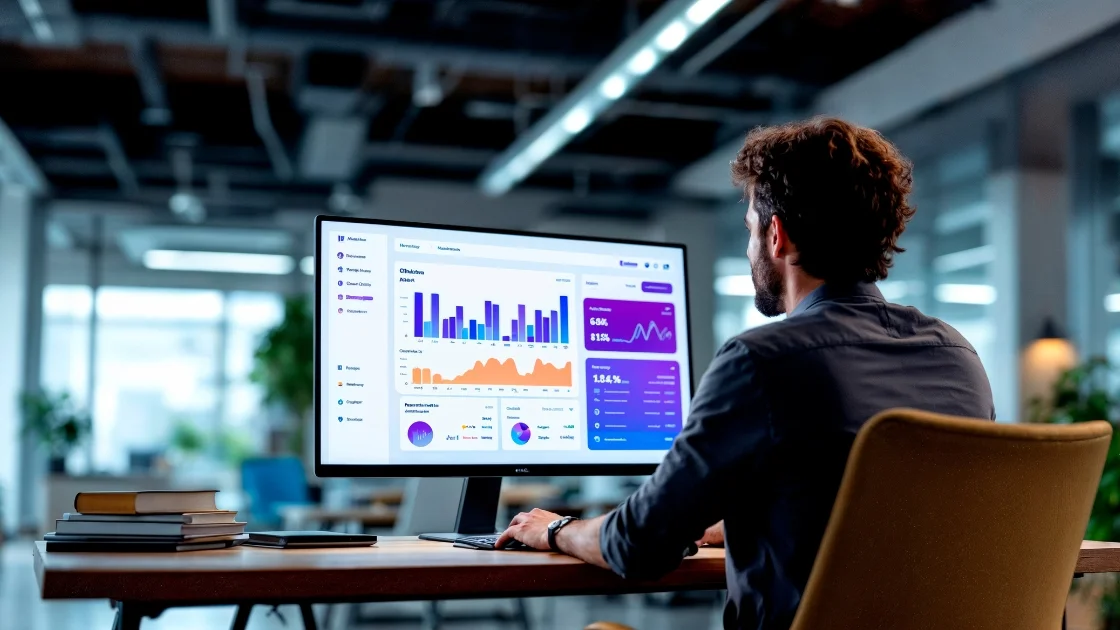Introduction to Graphic design
The integration of artificial intelligence (AI) into graphic design has become increasingly significant, marking a new era of creativity and efficiency in the industry. As we approach 2025, the advent of advanced AI tools is reshaping traditional methodologies, offering innovative solutions that streamline design processes and enhance artistic capabilities. With the growing reliance on visual content across various sectors, the role of AI in graphic design is poised to expand, allowing designers to focus more on creativity and less on repetitive tasks.
In recent years, organizations such as AppWars Technologies have led the way in developing AI-driven platforms that cater to the needs of designers and businesses alike. These tools facilitate important aspects of the design process, ranging from ideation to finalization. Moreover, these innovations are not limited to seasoned professionals; they also democratize graphic design by enabling novices and enthusiasts to create stunning visuals with minimal technical knowledge.
The influence of AI on graphic design is multifaceted. Machine learning algorithms can analyze trends and user preferences, thereby aiding designers in making informed decisions that resonate with their target audience. Additionally, AI can automate time-consuming tasks such as image resizing, color correction, and even layout generation, which allows designers to allocate more time towards refining their creative vision. As a result, the synergy between AI technologies and graphic design promises to enhance both productivity and quality in the creative field.
As we explore the top five AI tools transforming the landscape of graphic design in 2025, readers will gain insights into how these advancements will impact their work and the future of the industry. The following sections will delve deeper into specific tools and methodologies that are changing how graphic design is approached and executed.
The Rise of AI in Graphic Design
The landscape of graphic design has undergone a significant transformation over the years, particularly with the advent of artificial intelligence (AI) technologies. The evolution of AI in various sectors has gradually paved the way for its integration into design processes. Historically, graphic design relied heavily on manual creativity and skill, requiring designers to invest substantial time and effort in their projects. However, advancements in technology, specifically AI, have introduced tools that streamline workflows, enhance creativity, and improve efficiency.
Beginning with basic algorithms for image processing, AI’s role in graphic design has expanded dramatically over the years. Early implementations focused primarily on automation for repetitive tasks, yet contemporary AI tools have evolved to provide sophisticated functions. For instance, machine learning algorithms can analyze design trends, suggest color palettes, and even create layouts, making the process less labor-intensive for designers. Companies like Appwars Technologies are leading the charge in developing these tools which not only support but also inspire the creative process.
As the demand for high-quality design continues to grow, designers must adapt to the changes brought about by new technologies. The incorporation of AI in graphic design equips professionals with powerful resources that enable more complex and visually appealing work. For example, tools powered by AI can assist in generating multiple design variations in mere minutes, which facilitates faster decision-making and iteration. These advancements not only enhance the productivity of designers but also elevate the standard of work produced in the industry.
As we move further into the 2025 landscape, the emphasis on AI tools in graphic design is poised to increase, shaping future design practices. The fusion of human creativity with AI-generated insights fosters an environment rich in innovation, ensuring that as technology progresses, graphic design continues to evolve in tandem.
Tool #1: Adobe Sensei
Adobe Sensei is a remarkable AI platform that significantly enhances the capabilities of graphic designers by automating various time-consuming tasks. It seamlessly integrates with Adobe’s suite of products, making it an invaluable tool for creative professionals. The core of Adobe Sensei is its ability to utilize machine learning and AI technology to analyze user data and improve design outcomes. This remarkable functionality empowers graphic designers to focus on what truly matters: creativity and innovation.
One of the standout features of Adobe Sensei is its capacity to enhance creativity. For instance, the tool can suggest design elements based on established trends or specific project requirements. This feature allows designers to explore a wider range of options without being bogged down by the mundane aspects of design work. By offering personalized recommendations, these functionalities allow designers to work more efficiently, thus improving productivity and output quality.
Moreover, Adobe Sensei’s capabilities extend to streamlining workflows within graphic design projects. By automating repetitive tasks such as resizing images or formatting layouts, designers can allocate their focus to higher-level creative processes. For example, the functionalities of Adobe Sensei facilitate quick adjustments which can save hours in a project timeline. This not only reduces the cognitive load on designers but also leads to better collaboration among team members, as they can utilize the time saved for brainstorming and refining their ideas.
Overall, Adobe Sensei stands out as a transformative tool in the realm of graphic design. With its ability to enhance creativity, streamline workflows, and automate mundane tasks, it represents a significant advancement in the tools available for graphic designers. Embracing technologies like Adobe Sensei will be crucial for professionals looking to excel in an increasingly competitive landscape characterized by rapid change and innovation.
Canva Magic Write
Canva Magic Write represents a significant advancement in the realm of graphic design, particularly for those who may not have extensive experience in the field. This AI-powered tool integrates machine learning capabilities to automate and enhance the design process, allowing users to produce visually appealing content with relative ease. One of the standout features of Canva Magic Write is its ability to generate design suggestions tailored to the user’s specific needs.
When users input their objectives or themes, the AI analyzes the information and provides a variety of design options that align with those parameters. This feature is particularly beneficial for beginners or busy professionals who may struggle to visualize their ideas. The intuitive interface offers immediate feedback, making the design journey not only faster but also more enjoyable.
In addition to generating suggestions, Canva Magic Write allows for the personalization of templates. Users can modify elements of the design including colors, fonts, and layouts based on their preferences or brand identities. Such customization facilitates a more unique and personalized outcome, catering to various user demographics ranging from small business owners to educators and marketers.
The accessibility of Canva Magic Write means it transcends traditional barriers associated with graphic design courses. By combining AI-driven insights with user-friendly functionality, it democratizes the design process. This tool is designed to empower users to produce high-quality materials without the steep learning curve typically associated with graphic design. As artificial intelligence continues to evolve, platforms like appwars technologies and Canva Magic Write will likely play an increasingly prominent role in shaping how users interact with and create visual content.
Tool #3: Fotor AI Image Generator
Fotor’s AI Image Generator is a groundbreaking tool that empowers graphic designers by transforming written text prompts into high-quality images. This innovative technology utilizes advanced algorithms to analyze the input text, enabling users to generate unique visuals that align with their creative vision. As part of the ongoing evolution of graphic design courses, tools like Fotor are essential for educating aspiring designers on the integration of artificial intelligence in their workflow.
The functionality of the Fotor AI Image Generator not only streamlines the design process but also enhances creativity by offering an expansive range of image variations based on user prompts. Designers can experiment with different styles, colors, and themes, all without the need for advanced technical skills. This democratization of graphic design is particularly beneficial for students enrolling in graphics design courses, as it reduces the barriers to entry and fosters an environment of exploration and innovation.
Moreover, Fotor’s tool acts as a catalyst for brainstorming sessions. Designers can rapidly generate multiple visual interpretations from a single idea, thus facilitating discussions and refining concepts. As a result, teams can work more collaboratively and efficiently, leading to more impactful final products. With Appwars Technologies continually advancing its features, the Fotor AI Image Generator stands out as a vital resource for modern graphic design. It cultivates a unique opportunity for designers to push boundaries and explore unconventional ideas, which is increasingly essential in a rapidly changing digital landscape.
As the graphic design industry embraces AI technology, tools like Fotor align perfectly with the needs of designers seeking to enhance both creativity and productivity. Consequently, incorporating this tool into a graphics design course offers students a competitive edge, preparing them for a future where artificial intelligence plays an integral role in creative processes.
Tool #4: DeepArt
DeepArt is a revolutionary AI-powered tool that draws upon deep learning techniques to transform ordinary images into striking artistic masterpieces. By leveraging advanced algorithms, DeepArt can analyze characteristics of various art styles, allowing graphic designers to create unique and captivating visuals that stand out in any project. This technology has significant implications for the field of graphic design, particularly for those enrolled in a graphics design course where creativity and innovation are crucial.
Designed with user-friendliness in mind, DeepArt is accessible to both seasoned graphic designers and beginners looking to experiment with new ideas. Users can simply upload their images and choose from a wide array of artistic styles, which range from the classical works of Van Gogh to more contemporary aesthetics. The AI then processes the upload, applying the chosen style and rendering a beautiful, transformed image. This capability opens up a new realm of possibilities for visual storytelling, enabling graphic designers to push the boundaries of traditional design work.
Moreover, DeepArt serves as a tool for inspiration, allowing designers to explore various artistic styles and techniques that they may not have considered previously. In a world where visual competition is fierce, being able to draw from a vast repository of artistic influences can give designers an edge. Enrolling in a graphics design course that highlights tools like DeepArt can enhance a designer’s skills and methodologies, fostering a more expansive approach to creativity. As the industry continues to evolve, tools such as DeepArt are indispensable for those looking to stay ahead of the curve and produce visually stunning, professional-grade imagery.
Tool #5: Runway ML
Runway ML represents a significant advancement in the field of graphic design, particularly in the realm of video and motion graphics. This innovative AI tool facilitates a seamless creative process by providing designers with powerful capabilities to produce dynamic visual content. By leveraging cutting-edge machine learning algorithms, Runway ML allows users to enhance their design projects with features that make animation and video editing more accessible than ever before.
One of the standout features of Runway ML is its intuitive interface, which bridges the gap between traditional graphic design and multimedia creation. Designers can effortlessly manipulate images and video clips, applying various AI-driven effects that enhance narrative storytelling through visuals. This tool effectively automates complex tasks that typically require extensive manual input, thus freeing creatives to focus more on their art rather than the technicalities of the process.
Furthermore, Runway ML supports collaboration among teams, enabling multiple users to work on a single project in real-time. This fosters an environment where graphic designers and multimedia artists can share ideas and create cohesive projects that utilize both static and moving graphics. The tool’s compatibility with other design software ensures that designers can integrate Runway ML into their existing workflow without interruption.
For those seeking to expand their skills, enrolling in a graphics design course that incorporates tools like Runway ML could prove invaluable. The knowledge gained from such a course will equip designers to harness the full potential of this AI-driven technology. As the industry continues to evolve, utilizing Runway ML can lead to innovative outcomes and a competitive edge in the graphic design field.
The Future of Graphic Design with AI
The graphic design landscape is set to experience remarkable transformations well beyond 2025, primarily driven by continual advancements in artificial intelligence technology. As AI tools, such as those developed by AppWars Technologies, become more sophisticated, they are expected to play an integral role in streamlining and enhancing the design process. The evolution of these technologies will lead to more efficient workflows, allowing designers to focus on ideation and creativity rather than repetitive tasks.
One of the critical aspects worth considering is the balance between human creativity and machine-generated design. While AI possesses the capability to analyze large datasets and generate designs based on trends and templates, it is important to recognize the unique value of human intuition and emotion in graphic design. The interplay between these two forces will likely spark discussions on what constitutes originality and artistry in design. The potential for collaboration between humans and AI may redefine traditional standards, leading to richer and more diverse creative outputs.
Moreover, ethical implications surrounding the use of AI in graphic design cannot be overlooked. As tools become more proficient in crafting visuals, questions regarding intellectual property, design ownership, and the authenticity of AI-generated work will become more pressing. Moreover, the ability of AI to produce designs could inadvertently lead to homogenization, where unique styles become diluted in favor of algorithmically favored aesthetics. Addressing these challenges will be crucial for maintaining the integrity of the graphic design industry.
In conclusion, while the future of graphic design with AI promises exciting innovations and efficiencies, it also raises essential questions about the role of human creativity. The coming years will likely shape a new paradigm where advanced AI tools and skilled designers collaborate, ensuring that creativity continues to thrive in an increasingly automated world.
Conclusion
The landscape of graphic design is rapidly evolving, and the advent of AI technologies is significantly contributing to this transformation. Throughout this blog post, we have explored five key AI tools that are poised to reshape the graphic design industry in 2025. Each of these tools offers unique features that streamline the design process, enhance creativity, and ultimately lead to improved outcomes for designers and clients alike.
As we have discussed, tools like Appwars Technologies are reshaping how professionals approach design tasks. They facilitate efficiency by automating repetitive tasks, allowing designers to focus on the creative aspects of their work. Furthermore, these AI-driven solutions enhance collaboration, enabling teams to work together seamlessly, no matter where they are located. The integration of AI in graphic design not only aids in faster project turnaround times but also opens up new avenues for innovative designs that may not have been possible through traditional means.
Embracing these technologies is crucial for graphic design professionals who aspire to remain competitive in this evolving market. The graphics design course offerings are increasingly incorporating AI tools into their curriculum, emphasizing their relevance in fostering a new generation of designers who are well-equipped to harness the power of AI. As designers incorporate these advancements into their workflows, the potential for creativity and versatility expands, thereby enriching the overall design community.
In summary, the tools discussed are not just trends; they represent the future of graphic design. To truly harness their potential, designers must remain open to adopting these technologies and integrating them into their practices. By doing so, they can elevate their work, inspire innovation, and propel the graphic design industry forward into an exciting era shaped by AI advancements.













